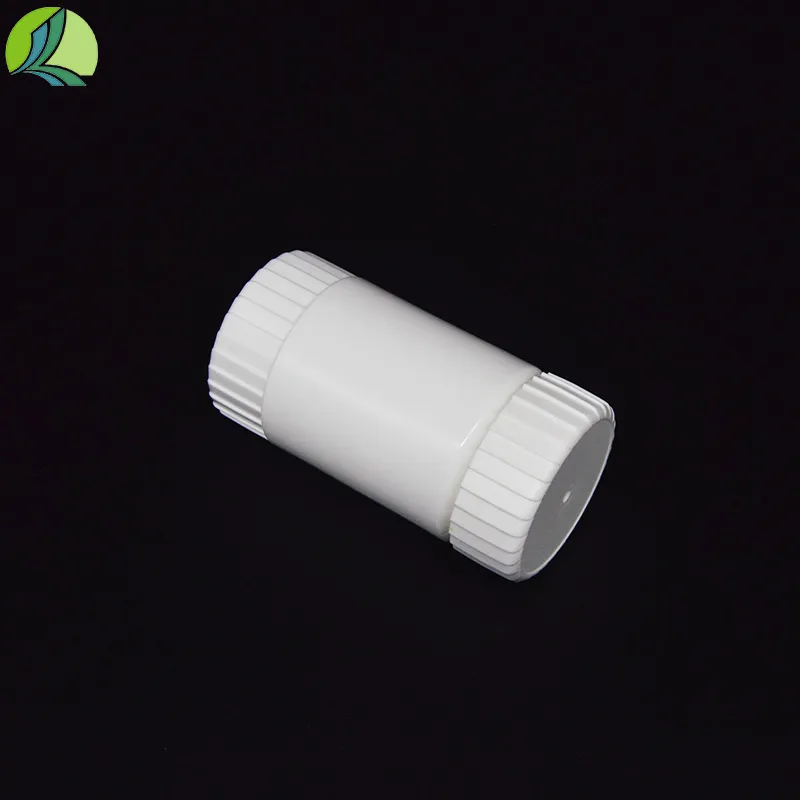
-
 Afrikaans
Afrikaans -
 Albanian
Albanian -
 Amharic
Amharic -
 Arabic
Arabic -
 Armenian
Armenian -
 Azerbaijani
Azerbaijani -
 Basque
Basque -
 Belarusian
Belarusian -
 Bengali
Bengali -
 Bosnian
Bosnian -
 Bulgarian
Bulgarian -
 Catalan
Catalan -
 Cebuano
Cebuano -
 Corsican
Corsican -
 Croatian
Croatian -
 Czech
Czech -
 Danish
Danish -
 Dutch
Dutch -
 English
English -
 Esperanto
Esperanto -
 Estonian
Estonian -
 Finnish
Finnish -
 French
French -
 Frisian
Frisian -
 Galician
Galician -
 Georgian
Georgian -
 German
German -
 Greek
Greek -
 Gujarati
Gujarati -
 Haitian Creole
Haitian Creole -
 hausa
hausa -
 hawaiian
hawaiian -
 Hebrew
Hebrew -
 Hindi
Hindi -
 Miao
Miao -
 Hungarian
Hungarian -
 Icelandic
Icelandic -
 igbo
igbo -
 Indonesian
Indonesian -
 irish
irish -
 Italian
Italian -
 Japanese
Japanese -
 Javanese
Javanese -
 Kannada
Kannada -
 kazakh
kazakh -
 Khmer
Khmer -
 Rwandese
Rwandese -
 Korean
Korean -
 Kurdish
Kurdish -
 Kyrgyz
Kyrgyz -
 Lao
Lao -
 Latin
Latin -
 Latvian
Latvian -
 Lithuanian
Lithuanian -
 Luxembourgish
Luxembourgish -
 Macedonian
Macedonian -
 Malgashi
Malgashi -
 Malay
Malay -
 Malayalam
Malayalam -
 Maltese
Maltese -
 Maori
Maori -
 Marathi
Marathi -
 Mongolian
Mongolian -
 Myanmar
Myanmar -
 Nepali
Nepali -
 Norwegian
Norwegian -
 Norwegian
Norwegian -
 Occitan
Occitan -
 Pashto
Pashto -
 Persian
Persian -
 Polish
Polish -
 Portuguese
Portuguese -
 Punjabi
Punjabi -
 Romanian
Romanian -
 Russian
Russian -
 Samoan
Samoan -
 Scottish Gaelic
Scottish Gaelic -
 Serbian
Serbian -
 Sesotho
Sesotho -
 Shona
Shona -
 Sindhi
Sindhi -
 Sinhala
Sinhala -
 Slovak
Slovak -
 Slovenian
Slovenian -
 Somali
Somali -
 Spanish
Spanish -
 Sundanese
Sundanese -
 Swahili
Swahili -
 Swedish
Swedish -
 Tagalog
Tagalog -
 Tajik
Tajik -
 Tamil
Tamil -
 Tatar
Tatar -
 Telugu
Telugu -
 Thai
Thai -
 Turkish
Turkish -
 Turkmen
Turkmen -
 Ukrainian
Ukrainian -
 Urdu
Urdu -
 Uighur
Uighur -
 Uzbek
Uzbek -
 Vietnamese
Vietnamese -
 Welsh
Welsh -
 Bantu
Bantu -
 Yiddish
Yiddish -
 Yoruba
Yoruba -
 Zulu
Zulu
plastic vials with lids
The Versatility and Utility of Plastic Vials with Lids
In today’s fast-paced world, plastic vials with lids have emerged as essential tools across various industries. From pharmaceuticals to cosmetics, these containers offer unmatched utility and versatility. Their design, functionality, and convenience have made them a popular choice for both consumers and manufacturers alike.
Design and Materials
Plastic vials are typically made from high-quality materials like polyethylene (PE), polypropylene (PP), or polystyrene (PS). Each type of plastic has unique properties that make it suitable for specific applications. For instance, polyethylene is known for its flexibility and moisture barrier properties, making it ideal for storing liquids. On the other hand, polypropylene offers a higher resistance to heat, making it suitable for applications that require sterilization.
The lids play a critical role in the functionality of these vials. They are often designed to provide a secure seal that prevents leakage, contamination, and evaporation. Many lids also feature tamper-evident designs, ensuring that the contents remain safe until they reach the end user. Furthermore, some vials come with dropper tips, spray nozzles, or other dispensing features, enhancing their usability for various applications.
Applications Across Industries
Plastic vials with lids are prevalent in several sectors
1. Pharmaceutical Industry In the pharmaceutical realm, these vials are indispensable for storing medications, samples, and vaccines. The secure sealing capabilities of these vials ensure that delicate compounds remain uncontaminated and effective. Moreover, their lightweight nature contributes to reduced shipping costs, making them a practical choice for drug manufacturers.
plastic vials with lids

2. Cosmetics and Personal Care The cosmetics industry also heavily relies on plastic vials. From serums to essential oils, these containers offer a perfect combination of practicality and aesthetic appeal. The clear or colored plastic can showcase the product while maintaining its integrity. Additionally, the ease of labeling allows brands to communicate essential information about their products effectively.
3. Food and Beverage In the food sector, plastic vials are used for storing sauces, dressings, or even spices. Their airtight seals help preserve the flavor and freshness of the contents. Many food manufacturers now choose BPA-free plastics to ensure safety, as consumer health awareness grows.
4. Laboratories In research and educational laboratories, vials are critical for storing samples and reagents. Their transparent nature allows for easy visibility, while their varying sizes cater to different types of experiments. Moreover, the ability to create custom-sized vials ensures researchers have access to the perfect container for their specific needs.
Environmental Considerations
While plastic vials offer numerous advantages, environmental concerns surrounding plastic waste cannot be overlooked. The industry is taking steps towards sustainability by experimenting with biodegradable plastics and implementing recycling programs. Consumers are also encouraged to dispose of their plastic responsibly or seek out companies that prioritize eco-friendly practices.
Conclusion
Plastic vials with lids represent a remarkable fusion of convenience, safety, and versatility across multiple sectors. Their continued innovation promises to meet the evolving demands of users worldwide. By balancing utility with environmental awareness, the future of plastic vials looks bright. Whether in pharmaceuticals, cosmetics, food, or research, these containers are poised to remain integral components of everyday life and industry. As we move forward, the emphasis on sustainability will ultimately shape the development and production of these essential containers, ensuring they meet the needs of tomorrow’s consumers while minimizing environmental impact.
-
PTFE Centrifuge Tubes - Chemical Resistant, Leak-proof, Ideal for Laboratory UseNewsJul.05,2025
-
Premium Metal Dropper Bottle for Precise Dispensing 250ml & 1ml Options AvailableNewsJul.04,2025
-
20 ml Headspace Vials - High Quality Polyethylene & Plastic Vials for Lab UseNewsJul.04,2025
-
Small Bottle with Pipette - Precise Dispensing 100ml Pipette Bottles for Essential Oils & Lab UseNewsJun.24,2025
-
Acetic Anhydride Bottle for Accurate Dropper Measurement in Pharmacy Use High-Quality Dropper BottlesNewsJun.10,2025
-
Innovative PET Bottle Design for Juice – Unique Shapes & Customization OptionsNewsJun.10,2025






















